So, not a Speciale then: Ferrari’s tarmac-tearing version of its already-potent F12berlinetta has actually been christened the Ferrari F12tdf (yes, in lower case). The suffix pays homage to the Tour de France – the endurance road rally, that is, not the cycling race we know today – which Maranello dominated in the ’50s and ’60s, in particular winning four consecutive editions with the 1956 250 GT. Just 799 units will be built.
Let’s get straight to it, then. The 6.3 litre V12 has been breathed on – and, thankfully, retains its natural aspiration – so power has jumped from 730 hp to a stonking 770 hp, made at a screaming 8,500 rpm, while torque has risen from 690 Nm to 705 Nm. The latter is made at 6,750 rpm, but Ferrari claims 80% of that is available from just 2,500 rpm. The redline is marked at an ear-popping 8,900 rpm.
These increases come as a result of several upgrades over the mill in the F12berlinetta, including race-style mechanical tappets and variable-geometry intake trumpets, technology nabbed from Formula One which helps boost volumetric efficiency at high revs.
Hooked up to the power plant is a specially-designed F1 DCT (dual-clutch transmission) with 6% shorter gear ratios, 30% quicker upshifts and 40% faster downshifts. Performance, then, is nothing short of ferocious – from a standstill, the F12tdf scorches to 100 km/h in just 2.9 seconds, passes the 200 km/h barrier in 7.9 seconds and tops out in excess of 340 km/h.
But these figures only tell half the story. Ferrari has also been at work sharpening the F12’s dynamics, without scaring off its wealthy but less skilled “gentleman racer” clientele. Front tyre width has grown from 255 mm to 275 mm, while front channel size has been upped from 241 mm to 254 mm, increasing lateral acceleration generated by the front axle.
To ensure this doesn’t bite the driver’s perfectly suntanned hand off with on-limit oversteer, the F12tdf has a new rear steering system called Virtual Short Wheelbase. Using in-house model-based control logic, the car calculates the optimal rear steering angle based on the vehicle’s speed, steering wheel angle and speed of steering input. This increases agility and responsiveness, whilst also improving high-speed stability.
Also tweaked are the aerodynamics – the bodywork has been completely revised, starting with a redesigned front bumper with a scooped lower section, race-style splitter, dive planes, floor wings and louvers to increase the car’s aerodynamic efficiency underneath and along the flanks. Also redeveloped is the Aerobridge, now in bare carbon and in a new design that increases the energising effect of air flow along the top of the sides.
Moving to the rear, there are vents above the rear wheels that extract air from the wheel well and increase the underbody’s efficiency. The rear spoiler is 60 mm longer and 30 mm taller, and the rear windscreen has a more vertical rake to increase the spoiler’s efficiency, helped along by the concave channels on either side of the ‘screen. The alloy wheels also have the narrowest section possible to reduce unsprung weight.
The underbody has been reworked, with three pairs of strakes pulled from Ferrari’s GT racing programme, making up 30% of the overall increase in downforce compared to the F12berlinetta. Also redesigned is the rear diffuser with three channels, three active flaps, curved fences and vertical splitters that boost the vortexes’ power and enhance the expansion of the flow in the horizontal plane.
Overall, Ferrari promises an aerodynamic efficiency figure of 1.6 – almost double that of the “standard” F12 – with the F12tdf making an astonishing 107 kg more downforce at 200 km/h, at 230 kg. This counters the weight lost over the the F12berlinetta – the redesigned bodywork, interior, engine, transmission and running gear, along with plenty of carbon fibre, help shave 110 kg off, with the F12tdf sitting at 1,415 kg dry.
The interior exudes complete minimalism as a result. The instrument cluster and satellite pod housings as well as the door cards are made from carbon fibre, and – in usual lightweight Ferrari tradition – there’s no glovebox, replaced by a simple kneepad. There are no mats either, just textured aluminium flooring. Alcantara is used for the cabin trim, while the seats are upholstered in technical fabric.
Looking to sell your car? Sell it with Carro.

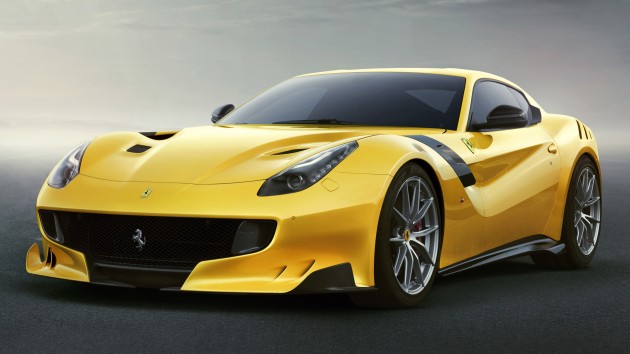
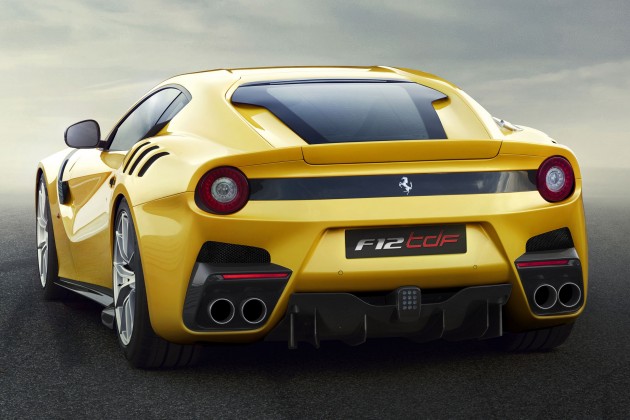
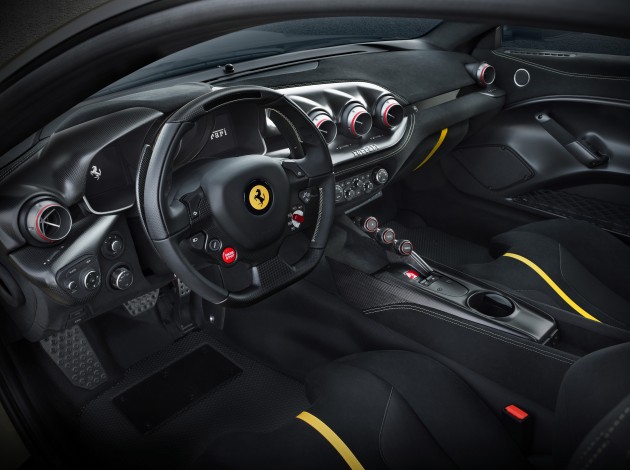
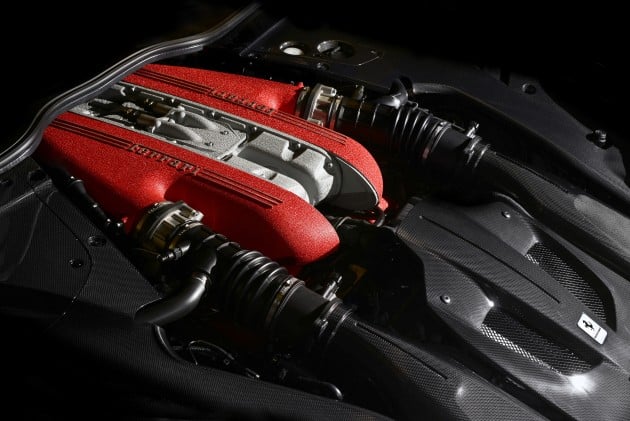



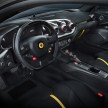
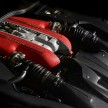

Soon we will see a lot F12tdf on Malaysian road modded from the almighty Saga, with no production limit.
The Power of Day Dreaming… best found in Proton.